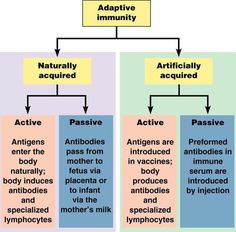DIAPEDESIS & IMMUNE RESPONSE
DIAPEDESIS
Diapedesis, also known as transmigration, is a crucial step in the immune response where white blood cells (leukocytes) exit the bloodstream and move towards sites of infection, inflammation, or tissue damage. This process is part of the overall sequence of events that allows immune cells to reach the affected tissues where they can carry out their protective functions. Diapedesis involves the migration of leukocytes through the walls of blood vessels.
Here are key points about diapedesis:
Initiation:
- Diapedesis is typically initiated in response to signals from the site of infection or tissue damage. These signals include chemical cues such as chemokines.
Adhesion to Endothelial Cells:
- White blood cells, particularly neutrophils, adhere to the endothelial cells lining the blood vessels at the site of inflammation.
- Adhesion is facilitated by interactions between adhesion molecules on the surface of both the white blood cells and the endothelial cells.
Rolling:
- Before diapedesis occurs, leukocytes often undergo a rolling motion along the vascular endothelium.
- This rolling is facilitated by selectins, a type of adhesion molecule, on both the leukocytes and endothelial cells.
Chemotaxis:
- After rolling, white blood cells follow chemical gradients (chemotaxis) that guide them towards the specific site of infection or tissue injury.
- Chemotactic signals help direct the leukocytes through the endothelial layer.
Transmigration:
- White blood cells undergo a process of squeezing or crawling through the endothelial cell layer, which is called transmigration or diapedesis.
- This movement is facilitated by changes in the shape of the cells, reorganization of cellular structures, and interactions with other molecules.
Migration in Tissues:
- Once through the endothelial layer, white blood cells move through the interstitial spaces of tissues towards the source of infection or damage.
- Migration is guided by additional chemotactic signals, ensuring the targeted arrival of immune cells at the specific site.
Role in Immune Response:
- Diapedesis allows immune cells to leave the bloodstream and reach the site of infection quickly.
- Once in the tissue, white blood cells can phagocytose pathogens, release inflammatory mediators, and contribute to the resolution of the immune response.
Understanding diapedesis is essential for grasping how the immune system functions and responds to challenges. It is a finely regulated process that ensures an effective and coordinated immune response to protect the body from infections and injuries.






.jpg)







.jpg)
Comments
Post a Comment